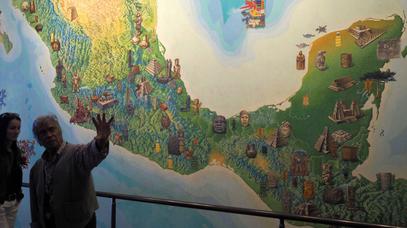The riches of Mexico
Mexico is a country with many challenges, there's no doubt about that. However, this material offers a different vision of Mexico than the impression you daily get through the media.
The aim is to show how rich and diverse Mexico's cultures are and to give a voice to the Mexican people that is usually not heard.
Whether it's slang, humour, Mariachi music, the vision of death or Native Mexican cultures, the many different cultures presented in this material has one thing in common: they all come from the people and has their origin in popular culture in one way or another.
¡Qué padre!
Topics and a map of Mexico
The edition is focusing on cultures from the Ciudad de México (CDMX) and cultures from the states of Oaxaca and Chiapas.
Find the places on the Google map of Mexico.
Economy

La riqueza está mal distribuida
Contrary to the idea you might get of Mexico from the media, there is enormous wealth in the country, and for a number of years the richest man in the world was a Mexican.
Humour
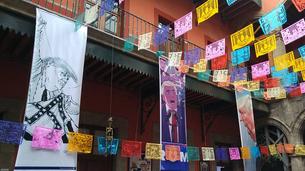
It came as a surprise to most Mexicans that Donald Trump should win the elections in 2016 and the relation to the USA hasn't improved during his presidency.
Get an idea of how to deal with hate speech The Mexican Way in El Museo de Caricaturas.
Death is not a taboo
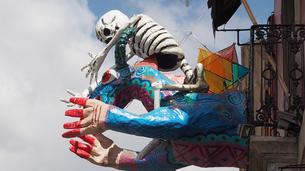
The Mexicans have a somewhat different relation to death than most other Western countries. Learn about why El Día de Muertos is not like Halloween.
Guadalupe
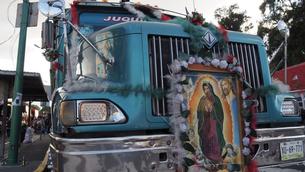
Mexico is full of saints but there's one above them all that unite Mexicans as a people: La Virgen de Guadalupe.
See how she's celebrated and how she both has Catholic and Native Mexican origins.
Cultures in Mexico City, CDMX
Read about the the city center, earth quakes and the cultures of the big city: Introduction to Ciudad de México CDMX
Slang & rap
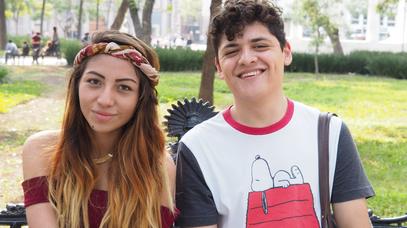
Mexican slang is extremely rich.
Learn the meaning and use of the expressions or see 4 young guys in a tremendous rap battle in Bellas Artes, one of the favorite meeting points for young Chilangos in the center.
Mariachi culture
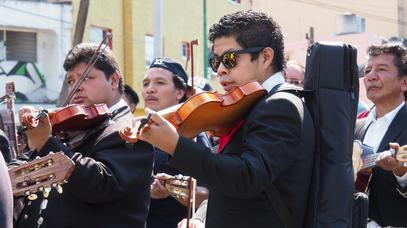
Me siento orgulloso de ser Mariachi
Santa Cecilia & El día del Mariachi
Being a Mariachi is usually a profession you're born into, but for José Carlos it was a deliberate choice to move to CDMX and study at the Mariachi school.
Hear him tell about his life, sing along when Mariachis play at Plaza Garibaldi, find out more about the Mariachi costume or join the brotherhood of Mariachis and hear what it sounds like when hundreds of Mariachis play together to celebrate Santa Cecilia.
The Saint of Death
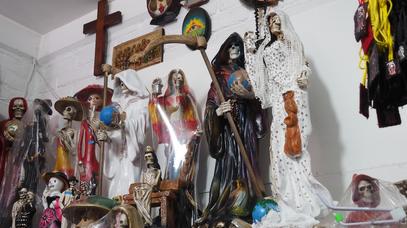
Para nosotros la muerte es bien bonita
Some parts of Mexico have the reputation of being an unsafe place to live, but some people have found an effective way to fight their fear: they befriend death and make her their Saint, La Santa Muerte.
Meet Doña Queta who tends the altar of La Santa Muerte in Tepito and hear her tell about her personal relationship with The Saint of Death. Meet also the journalist, who visited the alters of more than 100 worshipers.
Native Mexican cultures
Languages and cultures
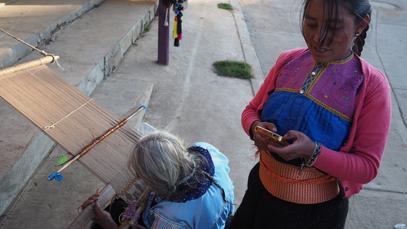
Diversidad de lenguas y culturas
Mexico boasts a dizzying number of Native Mexican languages.
The lingüist Almandina Cárdenas tells about cultural and biological diversity and about how each language opens a window to another perception of reality.
The history of Chiapas
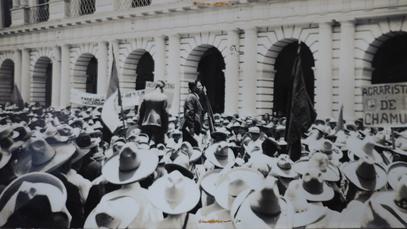
The name Erasto Urbina Garcia is closely associated with San Cristóbal and the history of the indigenous movement in Chiapas. It is a story of exploitation and brutality, but also of culture, political commitment, courage and gunmen.
Hear his daughter Rosa Isabel Urbina Zepeda tell his story in 5 videos.
Traditions and technology in San Andrés Larráinzar
In San Andrés Larráinzar in the Highlands of Chiapas people are conscious about their cultural heritage and incorporate the traditions in their modern everyday life.
In a serie of videos Andrés Ruiz tells about his life, his dreams for the future and the cultural traditions of the village.
A man with plans
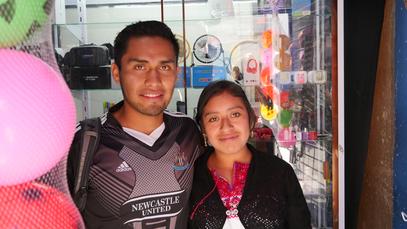
Andrés Ruiz has plans for the future and the store he opened a month ago should help him realise them.
Mayan rap & rock
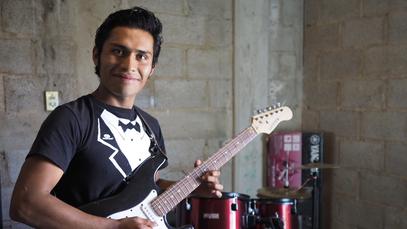
In San Andrés Larráinzar, Andrés Ruiz is busy keeping the traditions and language alive: his plan is to make it cool again for the young Mayans to speak in Tzotzil and one way is to write songs in native language.
Carnival and Holy Land
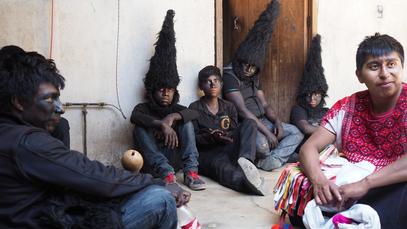
Andrés and Neemías tell about the traditions of the Carnival and about the holy mountain where the village was founded, Chanalum.
Mayan mythology & textile art in Chiapas
Mayan designs
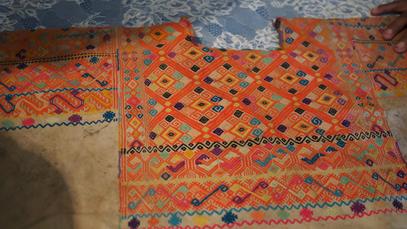
Mayan mythology and textile art
Although not all weavers know the origin of the classic, woven designs a line can be drawn back to ancient Mayan patterns as they appear on stelaes in Mayan temples.
Learn more about textile art of Chiapas and the symbolism of the designs.
A textile artist in Chiapas
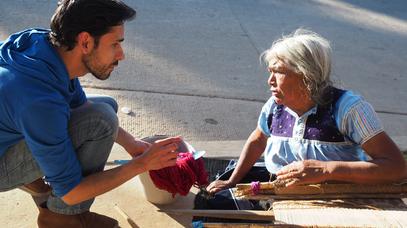
Las tejedoras felices de Pantelhó
The textile artist Carlos Reyes lived for a number of years in New York, where he became interested in cooperative art projects.
In his current project he collaborates with local weavers from several of Mexico's states and in these videos he is in Chiapas. We follow him to Magdalena, San Juan Chamula and Pantelhó.
Petrona from Chamula
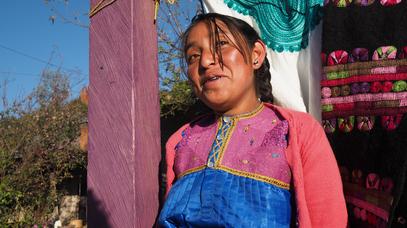
Petrona Patishtón is one of the proud young Chamulans who consciously revives and carries on the traditional knowledge and culture of the Highlands.
Here she tells about the special dress in Chamula, about vegetable dyes – and about why she finally learned Spanish.
Crafts and cultures in Oaxaca
Rosa del Mercado
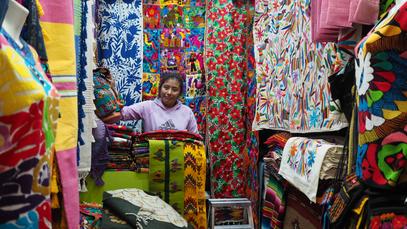
In the Benito Juárez market in Oaxaca you can buy everything from Chapulines and Mezcal to hats, shoes and crafts. Hear Rosa from Teotitlán del Valle tell about the traditional designs and colours made from vegetable dye and hear about how she spends her time when there are no customers
Mujeres artesanas...
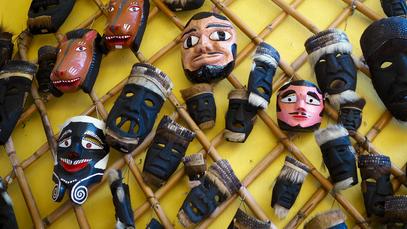
Muchos artesanos empezamos ...
Oaxaca is famous worldwide for its skilled craftsmen and many Native Mexican groups.
Visit the cooperative Mujeres Artesanas de Oaxaca andhear María Aurora one of the founders, tell about her childhood in a family of craftsmen and show us the crafts of the different regions of Oaxaca.
Cada familia tiene su estilo
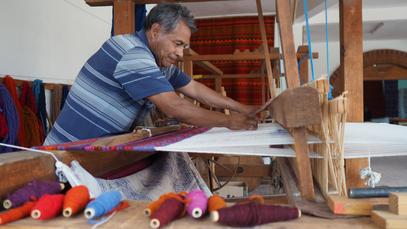
In Teotitlán del Valle, there are about 30 families working with tapestries, and the town is famous for their beautiful work. See yarn being spun, how fast they work at the loom and hear why it's normally the men that work the loom in Teotitlán.
